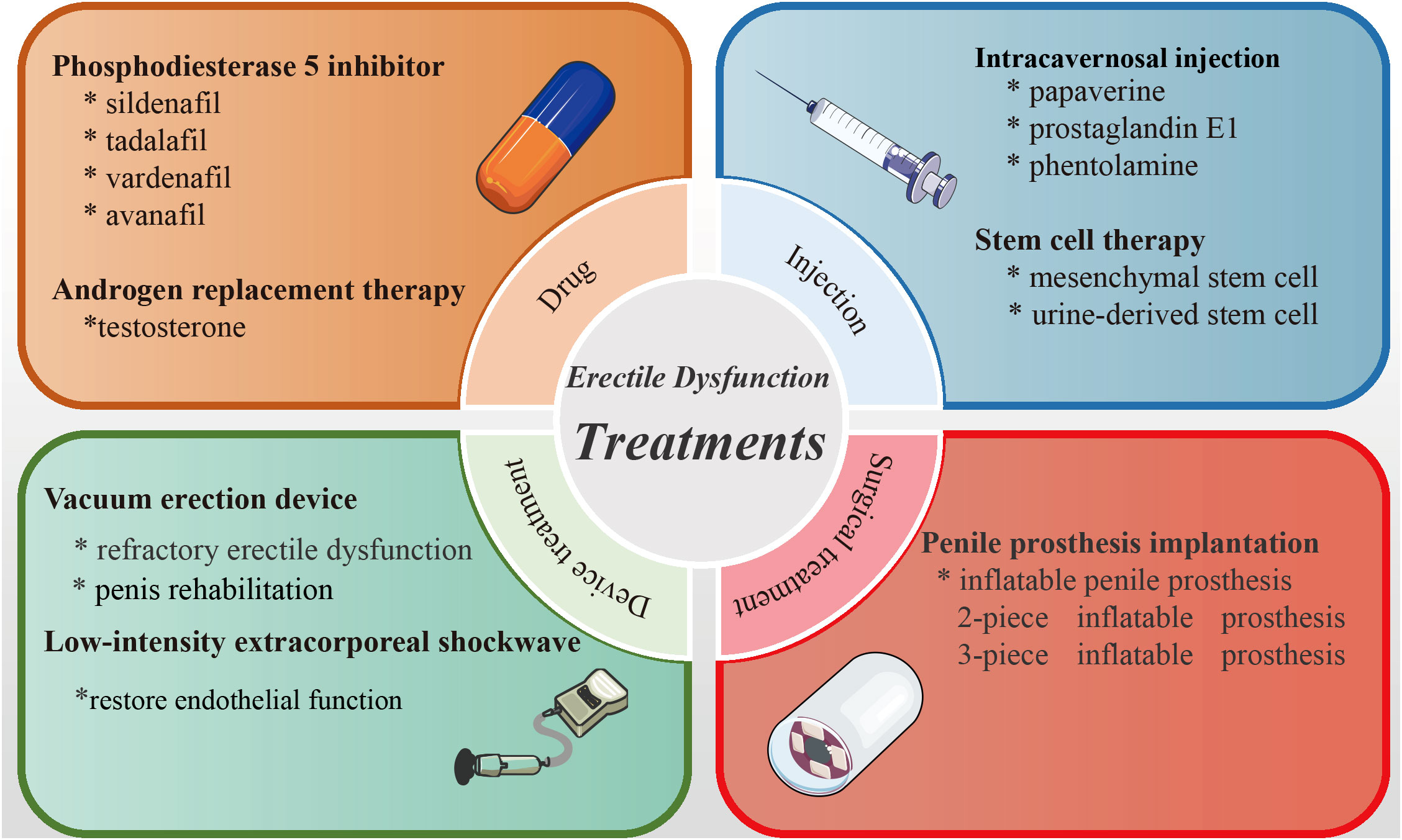
berenice44751
About berenice44751
Observations on City Wildlife: The Resilience and Adaptation of Animals In Metropolis Environments

Urban environments, typically characterized by their bustling human actions, towering skyscrapers, and sprawling concrete landscapes, might sound inhospitable to wildlife. Nevertheless, a better examination reveals a stunning array of animal species that not solely survive however thrive in these anthropogenic ecosystems. This observational research article delves into the behaviors, adaptations, and interactions of city wildlife, highlighting their resilience within the face of urbanization.
In cities worldwide, wildlife has adapted to the challenges posed by urbanization. Birds, mammals, reptiles, and insects have all discovered unique methods to coexist with people. As an example, the American crow (Corvus brachyrhynchos) has turn into emblematic of urban wildlife. If you have any sort of concerns regarding where and the best ways to utilize erectiledysfunctiontreatments.online, you could contact us at our own website. These intelligent birds have realized to navigate via human activity, usually scavenging for meals in parks, parking tons, and rubbish bins. Observations in various city parks show crows using instruments, comparable to sticks, to extract meals from difficult-to-reach locations, demonstrating their adaptability and downside-solving abilities.

Similarly, the urban raccoon (Procyon lotor) has turn out to be a familiar sight in lots of cities. Raccoons are nocturnal foragers, and their dexterous front paws allow them to open containers and access food sources that could be unavailable to much less adaptable species. In a current observational examine performed in a metropolitan space, raccoons were seen rummaging by way of residential trash bins and even entering properties via unlocked doorways. Their capacity to thrive in urban settings could be attributed to their omnivorous weight loss plan and their capability to study from their experiences.
Moreover, the presence of urban foxes (Vulpes vulpes) has turn out to be increasingly frequent in cities. These adaptable canids have learned to exploit the sources available in city environments, including parks and gardens. Observations in London revealed that urban foxes have developed a nocturnal lifestyle, allowing them to avoid human interactions while nonetheless accessing food sources resembling rodents and leftover human food. Their means to navigate the urban panorama, coupled with their keen hunting skills, has enabled them to determine stable populations in metropolis areas.
Insects, usually neglected in discussions of urban wildlife, also play an important role in these ecosystems. Pollinators comparable to bees and butterflies have adapted to city gardens and inexperienced spaces, contributing to the biodiversity of metropolis environments. Observational research in city parks have shown that native bee populations thrive in areas with diverse flowering plants, highlighting the significance of urban gardening initiatives in supporting these essential species. Additionally, the presence of inexperienced roofs and vertical gardens in urban settings has offered new habitats for various insects, further enhancing city biodiversity.
The interactions between urban wildlife and people can sometimes result in conflict. For instance, the rising presence of deer (Odocoileus virginianus) in suburban areas has raised considerations about automobile collisions and garden damage. Observations of deer habits in these settings indicate that they typically become accustomed to human presence, leading to a better probability of encounters. In response, some municipalities have implemented measures equivalent to fencing and academic campaigns to mitigate these conflicts, emphasizing the need for coexistence between wildlife and city residents.
Moreover, the impact of urbanization on wildlife extends past particular person species. The fragmentation of habitats as a result of roads and buildings can disrupt migration patterns and breeding behaviors. Observational studies have proven that sure species, comparable to amphibians, battle to navigate urban landscapes, leading to inhabitants declines. Conservation efforts aimed at creating wildlife corridors and preserving green spaces are essential for sustaining biodiversity in city areas.
Urban wildlife also serves as a valuable indicator of environmental health. The presence or absence of sure species can present insights into the standard of urban ecosystems. For example, the decline of amphibian populations in cities might signal pollution or habitat degradation. Observations of urban wildlife can assist researchers and conservationists assess the effectiveness of city planning and environmental policies, guiding efforts to create extra sustainable cities.
The resilience of urban wildlife just isn’t only a testament to their adaptability but in addition a reflection of the changing relationship between people and nature. As cities proceed to develop, understanding the behaviors and desires of urban wildlife becomes more and more vital. Observations of these animals can inform city planning and conservation strategies, ensuring that each wildlife and humans can coexist harmoniously.
In conclusion, urban wildlife exemplifies the resilience and adaptableness of species in the face of environmental change. Through observational research, we gain helpful insights into the behaviors and interactions of those animals, highlighting their function in city ecosystems. As cities evolve, fostering a deeper understanding of city wildlife can result in more effective conservation efforts and promote a better appreciation for the pure world inside our urban landscapes. By recognizing the importance of these species, we will work in the direction of creating cities that not solely accommodate human wants but also support the various wildlife that shares our surroundings.
No listing found.
